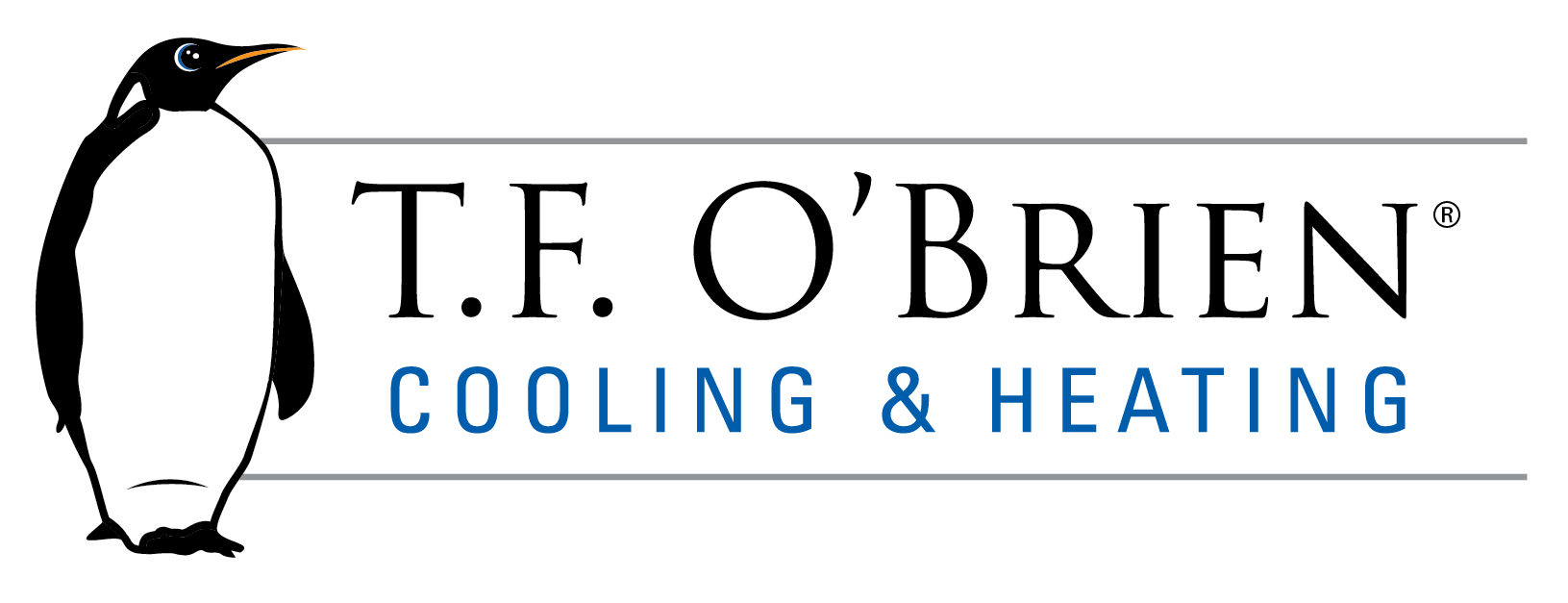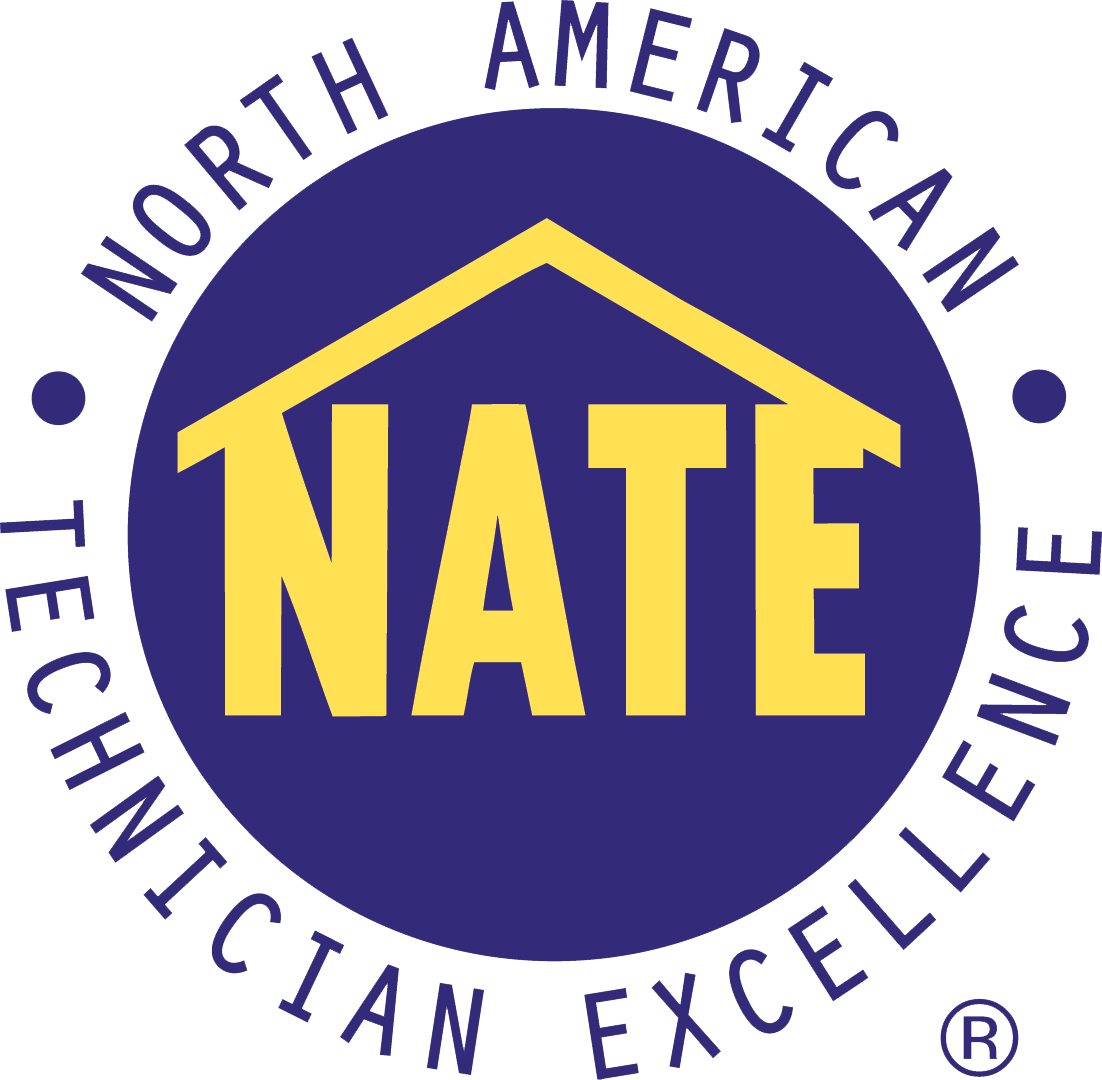 Having a cracked heat exchanger can be a stressful situation. Many homeowners, however, don’t know what this means. If you find yourself dealing with such a situation in your Long Island home, it’s important that you know a few facts. Continue reading “A Cracked Heat Exchanger Can Be Bad News”
Having a cracked heat exchanger can be a stressful situation. Many homeowners, however, don’t know what this means. If you find yourself dealing with such a situation in your Long Island home, it’s important that you know a few facts. Continue reading “A Cracked Heat Exchanger Can Be Bad News”
Tag: furnace
Take Advantage of Residential Energy Tax Credits for HVAC Purchases
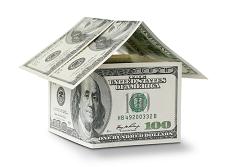 There is good news for consumers who have been hesitant to upgrade their heating and cooling systems. The federal government has reinstated the 25C residential energy tax credits for taxpayers for qualifying equipment. Continue reading “Take Advantage of Residential Energy Tax Credits for HVAC Purchases”
There is good news for consumers who have been hesitant to upgrade their heating and cooling systems. The federal government has reinstated the 25C residential energy tax credits for taxpayers for qualifying equipment. Continue reading “Take Advantage of Residential Energy Tax Credits for HVAC Purchases”
Home Energy Savings as Simple as Understanding Your Gas Bill
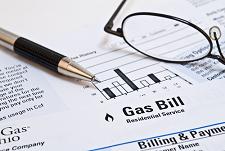 Becoming well informed about your gas bill can actually help you increase your monthly home energy savings.
Becoming well informed about your gas bill can actually help you increase your monthly home energy savings.
Gas company costs to the customer
Many homeowners may not realize that the gas provider purchases fuel from an outside source. This cost is typically 50 percent of the average customer bill. Interestingly enough, most companies pass this cost directly on to the consumer, without a price increase. Gas companies make a profit from their delivery fees and service charges.
The cost of gas can fluctuate monthly and seasonally, depending on the current fuel rate. This can be similar to the change in gas prices at your local gas pump. Your gas bill may show an average of these price fluctuations throughout the year, keeping the monthly cost basically the same.
Gas usage terminology
It’s worth your while and you can improve your home energy savings if you understand how gas consumption is expressed on your bill. The quantity of energy used in the Long Island area is measured in therms. Without sounding too technical, this term is a short abbreviation for thermal unit. It reflects the consumption of BTUs, or British thermal units, where one therm is equivalent to 100,000 BTUs. Other costs appear on your bill reflecting various fees and charges. These costs are set by the company and the customer has no control over them.
Lowering gas costs for better home energy savings
One area you do have control over is the amount of gas your home consumes. The first step toward lowering costs is to have an energy audit performed. You can also pay attention to the BTU rating assigned to your appliances. The higher the BTU number, the higher the amount of energy it consumes per hour, which means higher gas consumption. Consider purchasing certified energy-efficient appliances. Energy and cost savings can be expected and are well worth the investment.
For more information about boosting home energy savings, contact the professionals at T.F. O’Brien Cooling & Heating. We’ve been proudly serving homeowners in Long Island since 1934.
Our goal is to help educate our customers about energy and home comfort issues (specific to HVAC systems). For more information about other HVAC topics, download our free Home Comfort Resource guide.
Image via Shutterstock.com
Furnace Troubleshooting: How Outside Exhaust Vents Can Trip You Up
 When you’re in the midst of furnace troubleshooting, don’t forget to check your outside exhaust vents. The combination of warm air from the vents, exterior moisture and freezing winter temperatures can trip your furnace up.
When you’re in the midst of furnace troubleshooting, don’t forget to check your outside exhaust vents. The combination of warm air from the vents, exterior moisture and freezing winter temperatures can trip your furnace up.
A large percentage of winter service calls are linked to outside exhaust vents that have iced up, preventing furnaces from venting properly. Before you call a licensed HVAC technician, make a few assessments on your own to prevent an unnecessary call.
Simple furnace troubleshooting tips
- Check your thermostat. Sometimes the thermostat is bumped accidentally and the setting is unintentionally changed from “heat” to “cool.” Verify that your thermostat is set correctly in case a simple push of a button is all you need to be comfortable again.
- Verify that your system has power. It could be that your furnace breaker has tripped, in which case your system doesn’t have power. Verify that the breaker hasn’t tripped. Other issues which can cut power to your furnace include:
- The power switch is off. The furnace power switch is usually located on the ceiling above your furnace and looks like a light switch. Make sure it’s in the “on” position.
- Furnace fan door has come loose. If the furnace fan door isn’t on properly, it will not operate. Call a professional if you’re not sure how to fix it.
- Check outside exhaust vents. Do they look free and clear of debris and ice? Accumulated snow and melting water, which freezes overnight, can clog your vents. Make sure they’re 100 percent free of blockages.
- Remove vent screens. It’s a good idea to remove the vent screens every winter. While they protect your system from debris, leaves and critters during the rest of the year, screens can act as a snow and ice trap during the winter months. Removing the screen will mitigate snow and ice accumulation in the first place. Don’t forget to replace them again in the spring.
If your furnace troubleshooting was ineffective, contact T.F. O’Brien Heating & Cooling. We’ve provided reliable service to Long Island customers since 1934. Our technicians will get your furnace operating efficiently in no time.
Our goal is to help educate our customers about energy and home comfort issues (specific to HVAC systems). For more information about other HVAC topics, download our free Home Comfort Resource guide.
Image via Shutterstock.com
Let a Whole-House Humidifier Put Viruses in Their Place
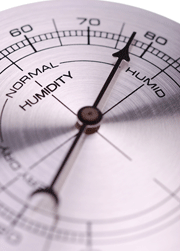 If you think you’re completely safe from diseases in your own home, you’ve got to do some serious rethinking. Viruses like the flu thrive in cold temperatures for a reason — because cold weather comes with lower humidity.
If you think you’re completely safe from diseases in your own home, you’ve got to do some serious rethinking. Viruses like the flu thrive in cold temperatures for a reason — because cold weather comes with lower humidity.
To prevent viruses from taking up residence in your home, consider a whole-house humidifier to curb sickness and improve comfort.
Viruses love the cold
Low humidity and cold temperatures leave your body with less moisture, as it evaporates into the air, leaving your skin, nose and throat dry. As a result, nasal passages also dry out and crack, leaving you more susceptible to the flu and other airborne viruses that would normally be trapped by mucus in your nose. Also, the flu virus thrives in the air longer in these dry, cold conditions, which explains why more people are affected by viruses like the flu in the winter months.
Why a whole-house humidifier works
Turning up the heater to the warmest temperature isn’t enough. A furnace makes the air less cold, but it can’t make the air less dry. What you also need to fully protect yourself from the flu is a humidifier. Humidifiers release moisture into the dry, warm air, which protects your skin, nose and throat while also improving the conditions so the flu virus won’t linger and is less likely to affect you. Together, a whole-house humidifier and a furnace can improve indoor air quality, making your home an unwelcome environment for the flu and other viruses.
A whole-house humidifier draws water from your home’s current plumbing system. Once installed, it requires very little maintenance aside from occasional preventive maintenance like other whole-house systems.
For more information about whole-house humidifiers and to determine if your home could benefit from increased humidification, contact the pros at T.F. O’Brien Cooling & Heating. We’ve proudly served homeowners throughout Long Island since 1934.
Our goal is to help educate our customers about energy and home comfort issues (specific to HVAC systems). For more information about other HVAC topics, download our free Home Comfort Resource guide.
Image via Shutterstock.com
Your Forced-Air System: How It Keeps You Warm In The Winter
 When the forced-air system in your Long Island home is working well, it’s easy to think of it as just a basic appliance that distributes warm or cool air. Although that is what the system does, a number of components are involved in getting that seemingly simple job done. When you’re shopping around for a new HVAC system, it helps to be familiar with your system’s inner workings. Continue reading “Your Forced-Air System: How It Keeps You Warm In The Winter”
When the forced-air system in your Long Island home is working well, it’s easy to think of it as just a basic appliance that distributes warm or cool air. Although that is what the system does, a number of components are involved in getting that seemingly simple job done. When you’re shopping around for a new HVAC system, it helps to be familiar with your system’s inner workings. Continue reading “Your Forced-Air System: How It Keeps You Warm In The Winter”
Shopping For A Furnace? Take A Look At These High-Performance Features
 Today’s premium furnaces offer a wealth of useful innovations. Among models in a similar price bracket and with a similar Annual Fuel Utilization Efficiency (AFUE), it’s the features and extras that create a stand-out product. Knowing which high-performance enhancements to look for can mean the difference between an acceptable purchase and a great one. Continue reading “Shopping For A Furnace? Take A Look At These High-Performance Features”
Today’s premium furnaces offer a wealth of useful innovations. Among models in a similar price bracket and with a similar Annual Fuel Utilization Efficiency (AFUE), it’s the features and extras that create a stand-out product. Knowing which high-performance enhancements to look for can mean the difference between an acceptable purchase and a great one. Continue reading “Shopping For A Furnace? Take A Look At These High-Performance Features”
When You Detect A Hazardous Gas Leak
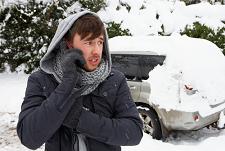 There are certain steps that you should take to avoid a hazardous gas leak and remain safe in your house. Natural gas is extremely combustible. If a gas line, connection or household appliance begins to leak, you could find yourself in serious danger. Continue reading “When You Detect A Hazardous Gas Leak”
There are certain steps that you should take to avoid a hazardous gas leak and remain safe in your house. Natural gas is extremely combustible. If a gas line, connection or household appliance begins to leak, you could find yourself in serious danger. Continue reading “When You Detect A Hazardous Gas Leak”
Gas Furnaces And Boilers Can Be Dangerous To Operate — 3 Tips
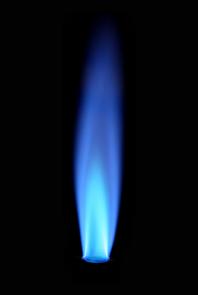 Gas furnaces and boilers operate by burning highly flammable, combustible fuel. As a result, ensuring their safe operation is paramount. This is a task that’s best left to a professional service technician, who will ensure that the equipment is safe to operate, and that you and your family are protected. Continue reading “Gas Furnaces And Boilers Can Be Dangerous To Operate — 3 Tips”
Gas furnaces and boilers operate by burning highly flammable, combustible fuel. As a result, ensuring their safe operation is paramount. This is a task that’s best left to a professional service technician, who will ensure that the equipment is safe to operate, and that you and your family are protected. Continue reading “Gas Furnaces And Boilers Can Be Dangerous To Operate — 3 Tips”
Take Care Of Dry Winter Air With A Whole-House Humidifier
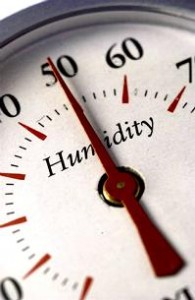 With winter arriving, now’s the time to consider installing a whole-house humidifier to protect both your family and your home from the damaging effects of dry winter air. Consider what you risk from high humidity levels in your home. Continue reading “Take Care Of Dry Winter Air With A Whole-House Humidifier”
With winter arriving, now’s the time to consider installing a whole-house humidifier to protect both your family and your home from the damaging effects of dry winter air. Consider what you risk from high humidity levels in your home. Continue reading “Take Care Of Dry Winter Air With A Whole-House Humidifier”
